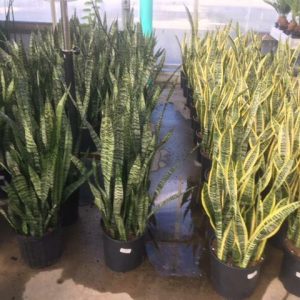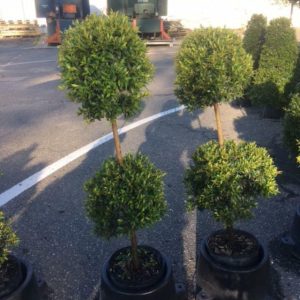Description
Polygonatum – Solomon’s Seal –
There are about 50 species of rhizomatous perennial in this genus. They occur in woodlands in temperate regions of Eurasia and North America. They are grown for their foliage and flowers, they have usually arching stems and alternate, opposite, or whorled, linear to broadly elliptic or ovate, parallel-veined leaves that turn yellow in autumn. Mostly pendent, sometimes erect, tubular to bell shaped, mainly white or cream, occasionally purple-pink flowers, with green markings, are either solitary or borne in small cluster, often along the lower sides of the stems. Flowers are usually followed by berry like, spherical, red or black fruits. Solomon’s Seals are suitable for a shady mixed or herbaceous border, or for a woodland or rock garden. All parts may cause mild stomach upset if ingested.
Grow in fertile, humus rich, moist but well drained soil in full or partial shade. Cut back to the rhizome in fall. Divide in spring.
Prone to slugs, and sawfly larvae.
P. roseum – This rhizomatous perennial from Western Siberia and Central Asia grows 28″ tall and 10″ wide. From arching stems it carries linear to narrowly lance shaped, pointed, mid green leaves, 3-6″ long, the upper leaves opposite or whorled in clusters of 3 at the tips of the stems, somewhat rough beneath. In late spring, it bears upright, tubular, rose flowers, to ½” long, are held solitary or in pairs. Flowers are followed by spherical, blue black fruit, to 1/4″ across.
Zones 3-8





